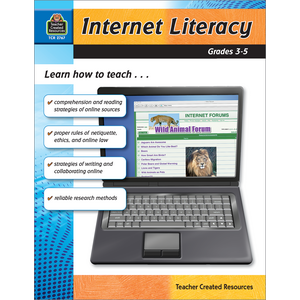 What’s new in technology for the classroom? How does one find apps? What is blended learning? If you are actually looking for the answers to these questions, then you needed to have attended the CUE conference last week. The CUE Conference is the Computer-Using Educator’s yearly event held in Palm Springs, California. There were close to 4,000 attendees and at least that many apps to find out about.
What’s new in technology for the classroom? How does one find apps? What is blended learning? If you are actually looking for the answers to these questions, then you needed to have attended the CUE conference last week. The CUE Conference is the Computer-Using Educator’s yearly event held in Palm Springs, California. There were close to 4,000 attendees and at least that many apps to find out about.
With a theme of CUE to the Core, this very timely conference had all types of speakers, exhibitors, and attendees. Teachers, coordinators, coaches, and principals were just a few of the folks I spoke with. Technology is ever-changing and as so it is ever-fascinating.
Blended Learning made more than one appearance on the program. This is something that we will see more of in the future. This combines many types of learning on a computer and the Internet.
Interestingly, CSU Sacramento has a Digital Media minor. The object is to teach college students skills and knowledge for use in the digital community. What they are also trying to do with this is get those who want to teach to take this as a minor so they can infuse their teaching with technology.
Another huge topic was the Flipped Classroom. Should you or shouldn’t you? The Flipped Classroom seems to have as many different takes as it has teachers. For the most part, it makes the teacher serve as a coach since kids really do the follow-up at home and come back with questions. Very often, they are watching a video at home. Yes, there are also connectivity problems, but there seem to be ways around some of them. What this allows for in the classroom is collaboration and critical thinking. This is such a huge part of the CCSS that teachers—especially in upper grades—are really trying to use this. I also learned that a Flipped Classroom is asynchronous. This is because it does not need to happen in face-to-face time. There doesn’t need to be any human contact for this. As a side note, synchronous and asynchronous are two words that I heard over and over again.
Attending a Google Slam, which was a really lively session with lots of good information, was a new but quite fun and enlightening experience for me. Several Google-certified teachers each got eight minutes to demonstrate some type of Google “goodie.” The most fascinating one was the Google News Archive. I really didn’t know it existed, but you can find all types of historical documents in just moments if you know how to search for them. Another very cool thing that was shared was Google Art Projects. This takes you on tours of over 180 art museums worldwide. It’s still not a real field trip, but it does help kids who are never going to see some of this art.
CUE is an amazingly rich, technology-infused conference. I’d recommend it to anyone wanting to amass a lot of knowledge in a short amount of time.



